Baseline Report-BIWAL
2020, Bundelkhand Initiative for Water, Agriculture and Livelihoods (BIWAL) Baseline Report
…
272 pages
1 file

Sign up for access to the world's latest research
Abstract
The Context : Bundelkhand region, covering thirteen contiguous districts of Uttar Pradesh and Madhya Pradesh, has a long history of water scarcity and droughts. Large numbers of water harvesting tanks, built over the last several centuries by its erstwhile rulers have served as a lifeline for the people, both in times of acute scarcity as well as in years of normal rainfall. Deforestation, diversion of catchment areas for other purposes, siltation and an almost total neglect of maintenance has severely impacted their storage capacity and rendered many of them ineffective. Realising that revival of tanks can provide drought proofing, many efforts have been taken up to rehabilitate the traditional water bodies in Bundelkhand region. The Backdrop : A group of CSOs came together about two years ago to form the Bundelkhand Initiative for Water, Agriculture and Livelihoods (BIWAL), an informal consortium to work on comprehensive economic and social development of Bundelkhand, commencing with the revival of traditional water bodies, with Self Reliant Initiatives through Joint Action (SRIJAN) taking the lead. Bundelkhand Development Authority (BDA) and Atal Bihari Vajpayee Institute of Good Governance and Policy Analysis (IGG), knowledge partner in this initiative, took up the documentation of revival process and conducted a diagnostic study to formulate strategy and operational guidelines for the revival. It was conducted using an approach comprising a mix of secondary data review and collection of primary data from the field. It attempts an objective depiction and analysis of efforts and processes of tank revival under BIWAL. The Revival : A group of Civil Society Organisations (CSOs) with experience of working on issues related to water and livelihoods came together to form an informal consortium named the Bundelkhand Initiative for Water, Agriculture and Livelihoods (BIWAL) for improved land management and water governance in the region. This work was taken up by engaging local communities and in collaboration with the Department of Panchayat and Rural Development, Government of Madhya Pradesh. Strategic Interventions : BIWAL envisaged impacting four areas, viz., water security, community well-being, sustainability and scale. Towards these impacts, BIWAL considered water augmentation, its judicious use, increased income from agriculture, good governance for sustainability, and scaling up with convergence as key strategies. During the first phase, BIWAL was launched with desilting of 54 tanks in six districts (28 tanks in three districts of Madhya Pradesh and 26 tanks in four districts of Uttar Pradesh). This baseline document systematically presents the current status of the Traditional Water Bodies - the Chandela and Bundela tanks - along with the repair and rejuvenation measures and the potential benefits for the communities. It will serve as a reference document for the interested stakeholders and will be useful in assessing the changes and impacts of the revival exercises.This report captures the main aspects of the which were repaired and rejuvenated during the first phase of BIWAL project
Figures (495)



































































































































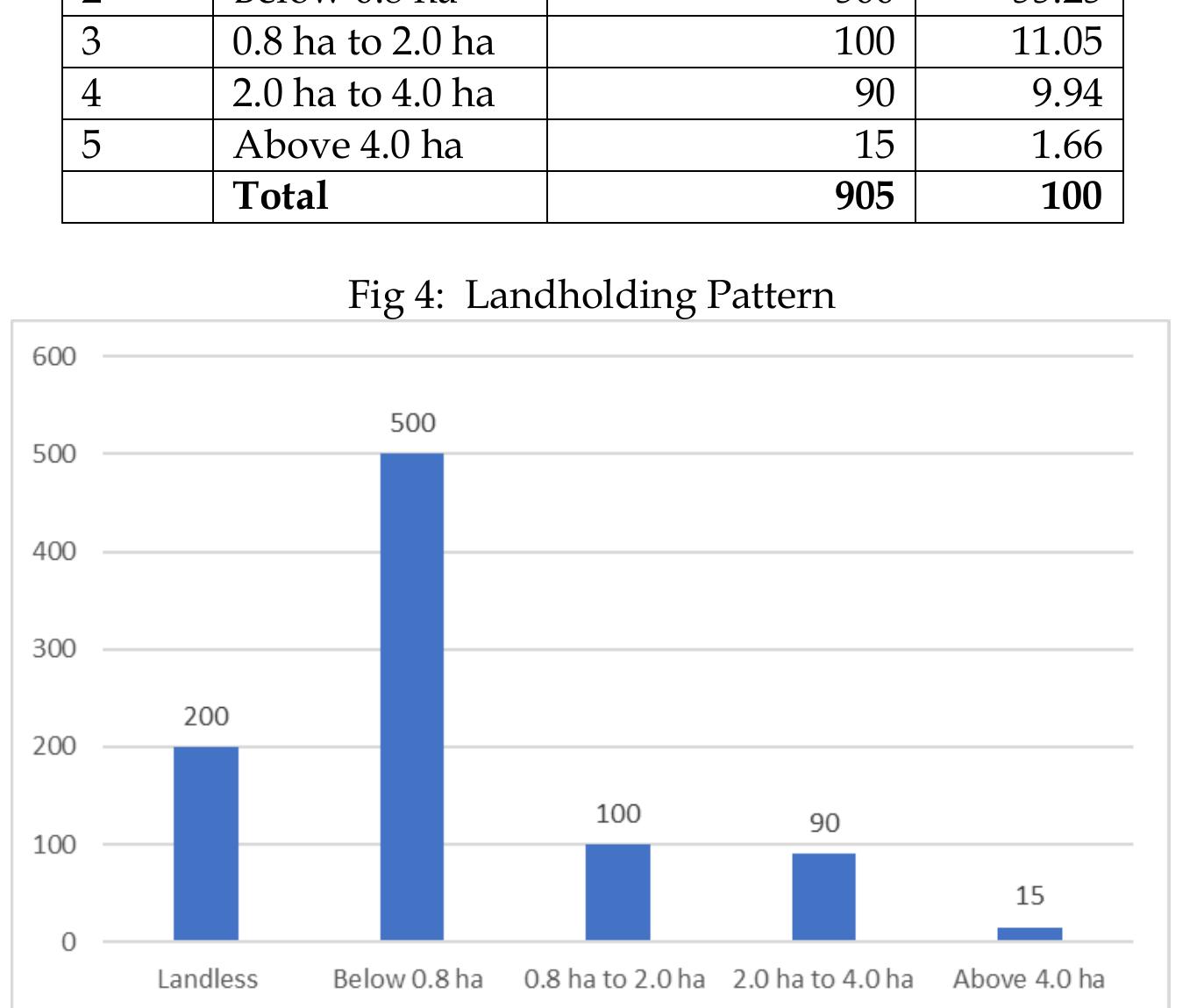















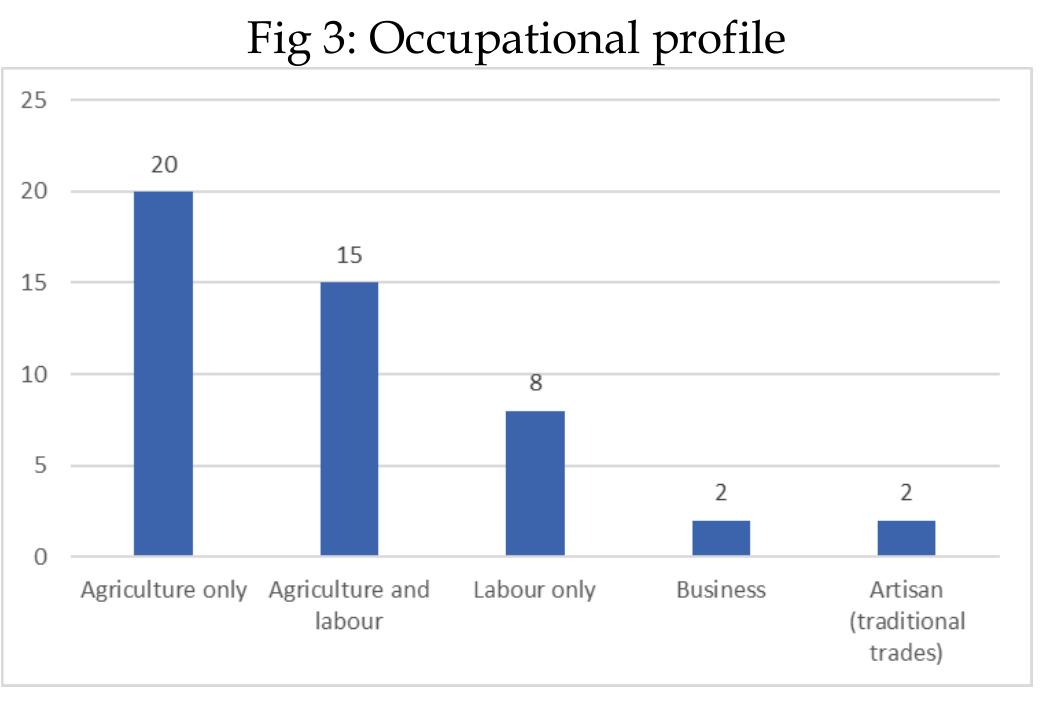
















































































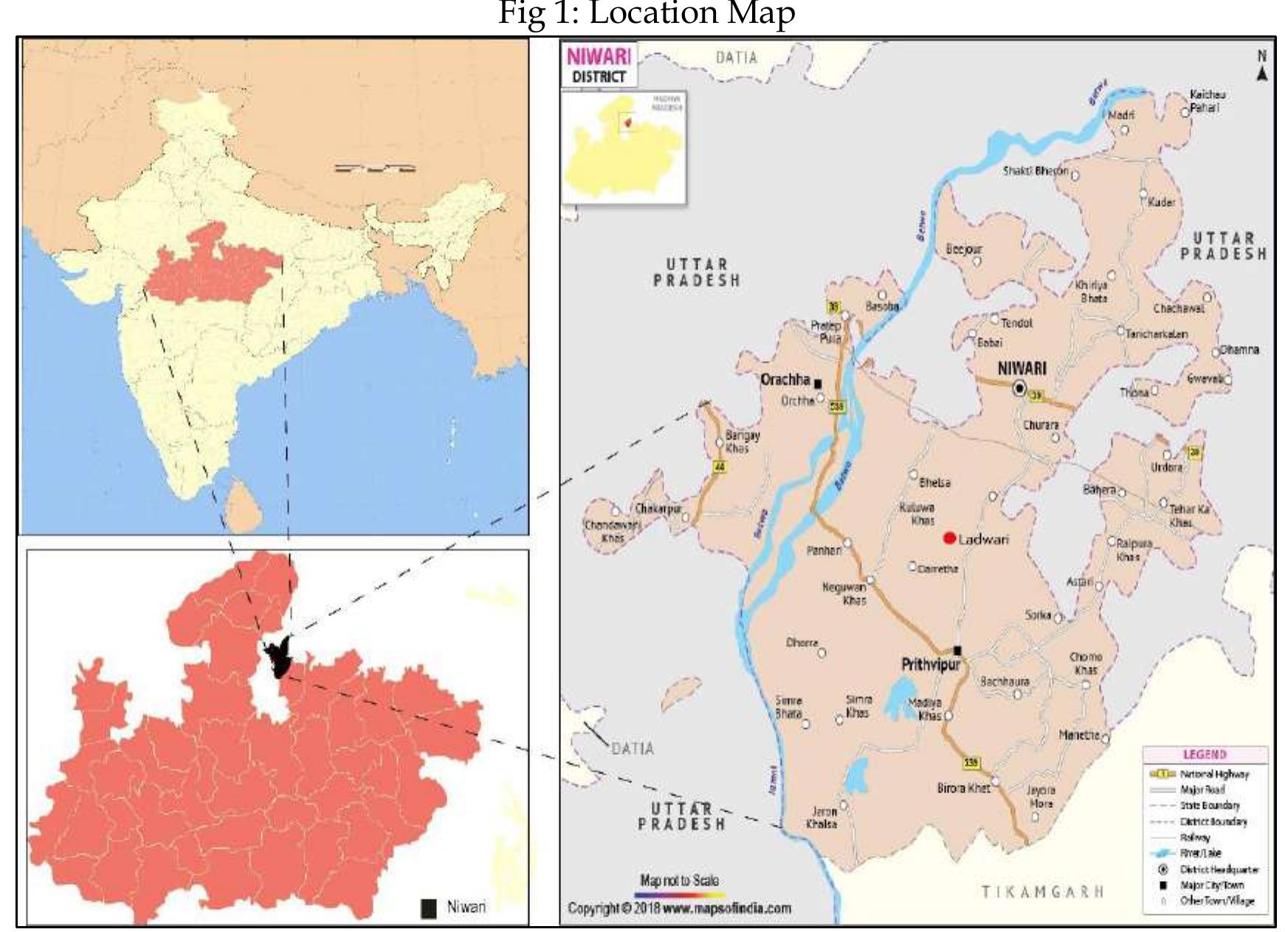


































































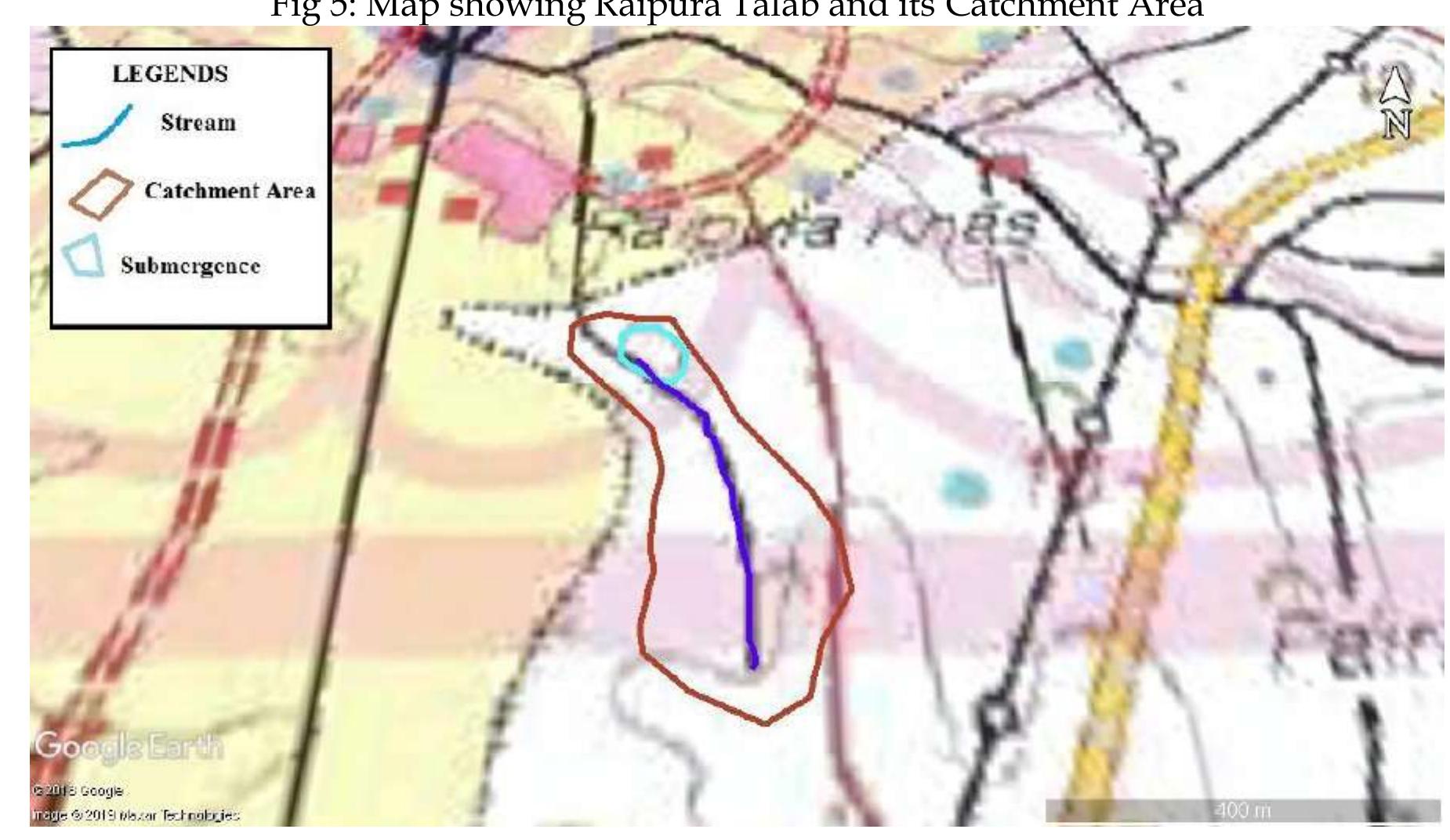








































































































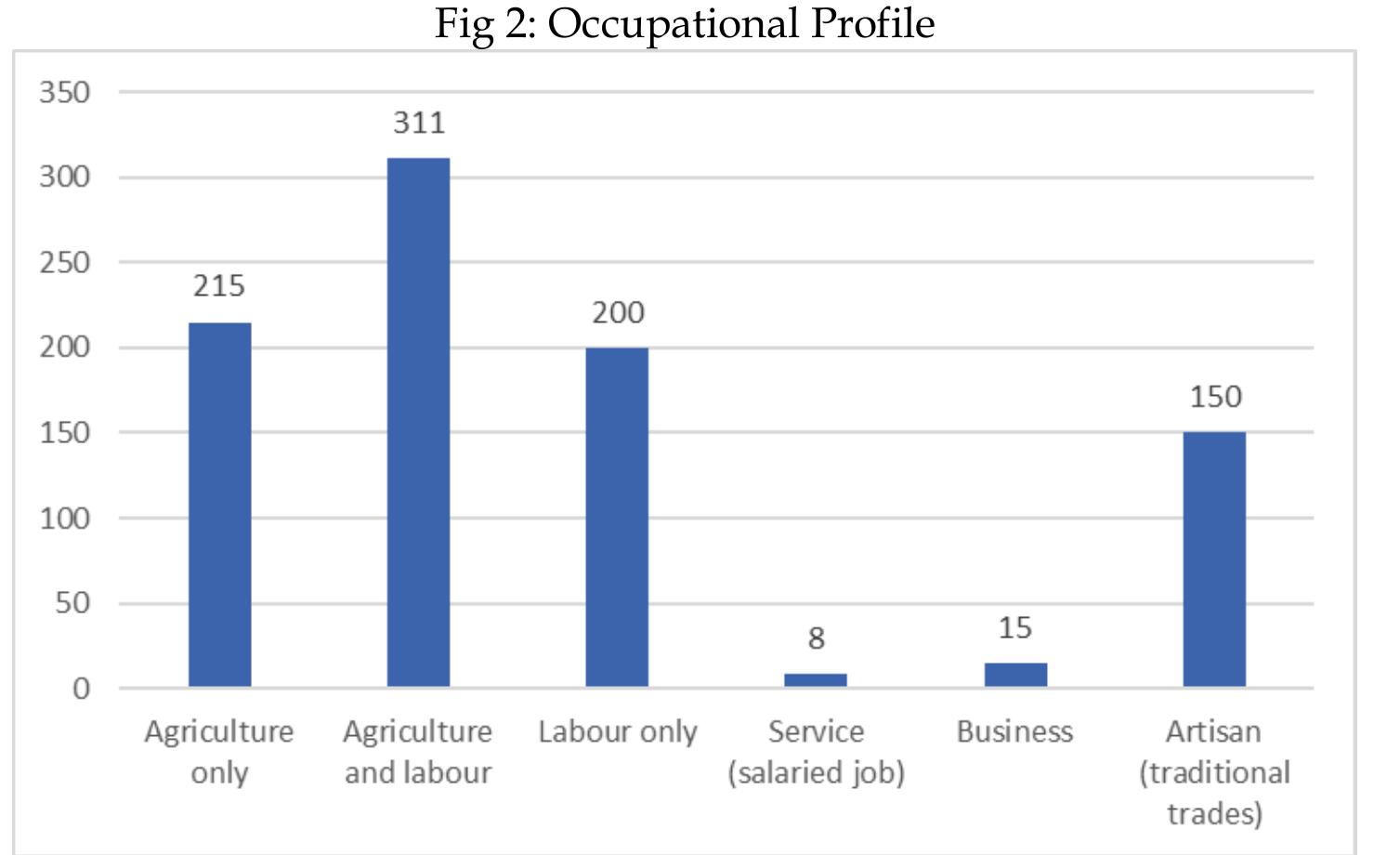
















































































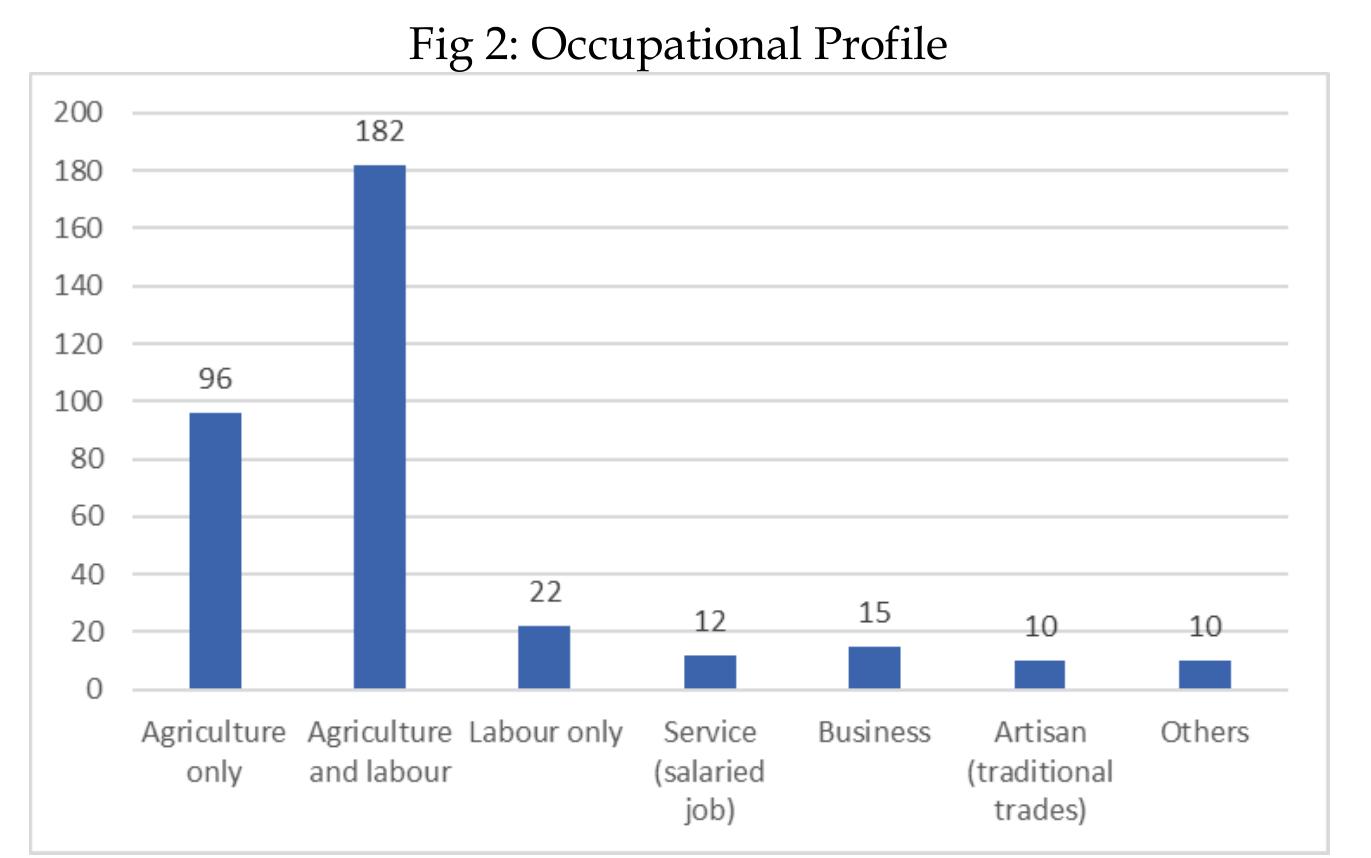













Related papers
The study reports on an initiative seeking to reconnect rural communities and their livelihoods to their proximate natural environment. Given the complexities arising from simultaneous challenges posed by climate change, degradation of soils and overexploitation of available water, it explores the role a multi-stakeholder partnership can play. Early outcomes and learnings from a pilot implemented by the initiative have thrown up encouraging pointers advocating expanding them in scale and dimension across landscapes.
Irrigation Tanks (Traditional water harvesting structures called lakes) are small irrigation structures predominantly serve small and marginal farming communities to sustain the agriculture production by supplementing the monsoon rains. These are our heritage handed over to us by our ancestors and are the lifelines of villages. There will be festivities in the villages if its irrigation tanks get filled. The tanks, which had conferred benefits to humanity for over centuries since the beginning of history, are now in a bad shape. A proper maintenance of the tanks will prevent famine, starvation and unemployment and bring in prosperity. During the British rule, the tank as a common property has become the "state" property. The tanks belong to the "state" and they are "vested" with government departments for their maintenance and management. In most of the Southern states in India, the major threats to tanks are mainly from the encroachers, inefficiency in the functioning of tank system and improper use by the government itself. The main reason attributed to this situation is the "Institutional constraint". If the tanks are surviving and still performing, it is by and large due to the local organizations and farmer"s initiatives which are mostly informal. We consider that "institutional constraints and alternatives" should be a prime question to be addressed as that of rehabilitation itself.
Journal of The Institution of Engineers (India): Series A
The Bundelkhand region of Uttar Pradesh, India, is a parched region. Although long-term average annual rainfall of the region is quite sufficient, yet, on a short-term basis, the region is experiencing a sharp negative deviation in rainfall. The region was once a densely forested area and was considered a cloud formation zone. The present analysis shows that the deviation in rainfall correlates with forest cover and calls for a paradigm shift in the region's water resources management strategy to solve the region's water woes in the coming years. The alternative strategy which may change the scenario includes increasing forest cover to mitigate negative deviation in rainfall, implementing group schemes of drip and sprinkler irrigation on a large scale, searching the alternative source of water by developing the integrated facilities to retrieve, treat, store and transport wastewater, enacting comprehensive central water law, improving water efficiency through the Internet of Things, cloud and sensor-based network and large-scale renovation of traditional water bodies as water sanctuaries for groundwater replenishment may change the scenario.
Environmental Management, 1997
The Brahmaputra and Barak River Basins are, along with the Ganges River, major parts of the Meghna Basin. The Brahmaputra and Barak River system covers more than half of the area of the north eastern region of India and has particular opportunities for sustainable development, as well as distinct challenges. Located in the high rainfall zone of India, the Brahmaputra and Barak Basins feature a water resources potential much above the requirement, unlike the rest of India, where water shortages are alarmingly escalating. A major ordeal is the frequent floods and the strong bank erosion, affecting the entire socioeconomic scenario of the region, and also disturbing the ecological balance, in addition to the loss of life and properties. Efforts have been made (and are in progress) to deal with these problems, but the scale of the challenge is overwhelming. This paper describes approaches to reducing the menace of flood and bank erosion through proper planning, community participation, and application of contemporary technologies, for identification of needs and opportunities, and for understanding the governing cause-effect relationships and the related management options. Hereby, the basis will be extended for timely and appropriate decisions on responsive as well as pro-active development, in support of the region's socioeconomic prosperity and environmental health in general, and improved disaster resilience in particular.
Development Practice Segment II (DPS II) represents a vital aspect of practical learning within development studies, emphasizing the translation of theoretical concepts into real-world applications. It involves a holistic approach to community development, focusing on understanding and addressing various issues by engaging directly with communities and analyzing socio-economic factors. Through DPS II, participants gain hands-on experience in identifying community problems, designing effective interventions, and evaluating their impact, thus contributing to sustainable development and enhancing livelihoods. This report provides a thorough analysis of Surajgarha block in Lakhisarai district, Bihar, with a specific focus on the feasibility of establishing the Vayalagam (tank) programme. The Vayalagam initiative aims to tackle critical issues related to agriculture, water management, and community development within the block. The study is based on comprehensive data collection and analysis, including detailed assessments of land use, irrigation areas, and water resources development plans. Surajgarha block, primarily an agricultural region, faces numerous challenges that impact its productivity and overall development. The block is characterized by diverse land types and soil conditions, which significantly influence farming practices and crop choices. The prevalent alluvial soils are well-suited for staple crops such as rice and wheat, while red soils are ideal for pulses and millets. Additionally, black soils, known for their moisture-retaining properties, are suitable for cotton and oilseeds. This variety in soil types necessitates a tailored approach to water management and irrigation to enhance agricultural productivity effectively. The irrigation landscape in Surajgarha block reveals a heavy reliance on seasonal rainfall and insufficient formal irrigation infrastructure. Existing irrigation systems, including the Kiul minor irrigation and Shringi Rishi Dam, cover less than 10% of the cultivable land, leaving a large portion of farmland dependent on natural rainfall and private irrigation methods. This dependency results in vulnerability to inconsistent water supply, adversely affecting crop yields and farmers' incomes. The report includes detailed data on water availability, irrigation types, and crop water requirements, underscoring the urgent need for improved water resource management. To address these challenges, the report outlines a comprehensive water resources development plan. This plan emphasizes the renovation and maintenance of traditional water harvesting systems such as Ahars and Pynes, which are crucial for effective water storage and management. The study includes extensive fieldwork and Focus Group Discussions (FGDs) with local farmers to gather insights into their experiences with agricultural productivity and water management. These discussions highlight the importance of water bodies like Ahars, Pynes, and farm ponds in supporting agriculture and the need for their efficient management. The Vayalagam programme is designed to create a sustainable model for water management by developing and maintaining local water resources, improving irrigation facilities, and boosting agricultural productivity. The plan involves establishing Vayalagam associations in selected villages, promoting community involvement, and implementing practical solutions to address water scarcity and irrigation issues. By integrating community-driven approaches with existing resources, the programme aims to build resilience against climate variability and ensure sustainable agricultural practices. This report presents a detailed examination of the ecological and socio-economic conditions in Surajgarha block, identifies key development issues, and proposes actionable solutions through the Vayalagam programme. It emphasizes the importance of combining traditional knowledge with modern techniques to improve water management, enhance agricultural productivity, and ultimately uplift the livelihoods of local communities.
2002
Contents Background _________________________________________________________1 Existing Institutional Environment_______________________________________4 Need for the Institutional Reform _____________________________________5 Project Design________________________________________________________6 Project Approaches and Strategies _______________________________________8 State's Strategy on Tank Management ___________________________________10 Implementation Arrangements _________________________________________11 Rationale for the SEA Study ___________________________________________12 Methodology _____________________________________________________14 Consultations _______________________________________________________15 Stakeholder Assessment and Social Analysis ______________________________17 Analysis of Alternatives _______________________________________________19 Social and Environmental Impacts ______________________________________24 Mitigation/Enhancement Action Plans ___________________________________27 a) Resettlement Action Plan _________________________________________27 b) Tribal Development Plan _________________________________________30 c) Environmental Management Plan__________________________________32 d) Integrated Pest Management______________________________________36 e) Gender Action Plan______________________________________________38 Table 2 :Distribution of Tanks in Karnataka according to Catchment Area Sl.No Command Area Percentage of Tanks 1 Below 4 hectares 41% 2 4 to 20 hectares 42% 3 20 to 40 hectares 9% 4 40 to 200 hectares 7% 5 Above 200 hectares 1% The Department of Minor Irrigation with its huge army of technical and administrative staff deployed at various levels is not able to properly maintain the tanks attached to it. The reasons attributed for this are many and varied. The Department feels that there is inadequate staff deployment. There is also paucity of funds for undertaking proper maintenance of these structures especially for those managed by the PRIs. There is very little involvement of the actual users in the upkeep and maintenance of the tank systems. The tank management is reckoned as a job of these agencies and involves only the engineering skills. Small tanks with less than 4 ha command area, were always managed by the taluk board. There was hardly any improvement or maintenance of tank system by the Panchayat institution. As of now in the absence of any budgetary provision, the onus responsibility of tanks irrigating less than four hectares is ambiguous. Whether such small tanks are the responsibility of ZP or TP or GP is not clear. Multiple Government agencies like departments of Fisheries, Forestry, Mines & Geology, Revenue, Agriculture and horticulture still have a role in tank systems, in particularly so in the tanks having a command area above four hectares. General Agro-Climatic and Geo-Physical Status of the State: Karnataka State is the eighth largest State in India, both in area and population. The State has an area of 19.18 million ha and is divided into 27 districts. According to 1991 Census, the total population of the state is 44.90 millions. The State accounts for 5.84 percent of total geographical area and 5.32 percent of total population of the country. Majority 965 percent) of the state's population is dependent on agriculture with the total number of holdings accounting to 57.76 lakhs with an average holding of 2.13 ha. The overall population density of Karnataka works out 235 persons per sq.km, while the literacy rate of the State stands at 56.05 percent (1991 Census). Physiographcially, the State can be divided into four regions viz., (i) The Coastal region; (ii) The Malnad (hilly); (iii) The Northern Plains; and (iv) The Southern Plains. The two important river systems of Karnataka are Krishna and its tributaries in the North and Cauvery and its tributaries in the South. A number of smaller rivers flow westward into the Arabian Sea. Of these, Sharavathi, Kalinadi, Netravathi are important as they are being tapped for hydroelectric power. Karnataka State as per Agro-climatic Regional Planning by Planning Commission, Government of India, falls in the Zone X (Southern Plateau and Hills Region with 15 districts). Further, Karnataka has been divided into 10 agro-climatic zones based on climate, topography, soils and vegetation. The State has varying climatic conditions. Generally tropical and subtropical weather conditions can be observed. The normal rainfall in the State is 1139 mm, most of which is received during southwest monsoon
The Indian Journal of Agricultural Sciences
The present investigation measures economic impact of tanks restoration on productivity and income of 240 farm households in rainfed region of India. The detailed information was collected with designed questionnaire for the period 2017–18 from farm households using tank irrigation in two districts in the state of Andhra Pradesh. Propensity score matching technique was employed to assess the impact of tank rehabilitation. Findings revealed that restoration of tanks leads to an improvement in production and livelihood of tank water users in the study area. Yield and income of rice crop is increased by a magnitude of 0.54–0.62 tonne/ha and ₹6045/ha to ₹8278/ha respectively. Study suggests that to achieve food security and to mitigate the scarcity of water, restoration of tanks is inevitable for rainfed regions. Further, recasting such protocols and replicating similar models to other regions not only enhance the sustainable agricultural production but also improve livelihoods of milli...

Loading Preview
Sorry, preview is currently unavailable. You can download the paper by clicking the button above.
References (7)
- SRIJAN Shri. Ajay Bhan Singh, HUF Shri. Sandeep Khanvalkar, HUF Smt. Neetu Mathur, IAS, CEO ZP Tikamgarh Smt.
- Harshika Singh, IAS, District Collector Tikamgarh Shri Akshay Kumar Singh, IAS, District Collector Niwari Shri. Harsh Dixit, IAS, CEO ZP Chhatarpur Shri. Mohit Bundas, IAS, District Collector Chhatarpur Shri. Bhagwan Das Jatav, IAS, CEO ZP Datia Shri. Babu Singh Jamod, IAS, District Collector Datia Shri. Girish Mishra, IAS, CEO ZP Damoh Shri. Tarun Rathi, IAS, District Collector Damoh Shri. Balaguru K., IAS, CEO ZP Panna Shri. Karmveer Sharma,IAS, District Collector Panna Shri. Subhash Chandra Dey, DDM NABARD Tikamgarh Prof. RP Singh, College of Agriculture, Tikamgarh Shri. Vivek Dave, OSD, Government of MP Smt. Gauri Singh, former additional Chief Secretary, Government of MP Shri. KG Vyas, Water Expert
- 1 History of the Tank: Sarsaura Talab comes under the jurisdiction of Gram Panchayat, and is used for Agriculture, fishing, Livestock. It was constructed during the times of Chandela kings.
- 2 Construction: Embankment of the tank is made of stone wall in dry rubble masonry and backfilled with soil. Length of the embankment is 120 m with height of 3.75 m. Its base width is 30 m and top width is 2 m. Waste weir is made of Cement Concrete masonry. Waste Weir have length of 28 m and height of 1 m. Base width of waste weir is 5.40 m and top width is 1 m. The tank has no sluice and no canal attached. The tank is located on Latitude 25°7'55.22"N and Longitude: 78°49'24.58"E.
- 3 Hydrology: Sarsaura Talab have catchment area of 68 ha. The submergence area of tank is 2.5 ha. Depth of the tank is reduced from 3.5m to 2 m over time. Storage capacity of the tank in present is
- 1 History of the tank: Nivawari Tal comes under the jurisdiction of Gram Panchayat and is used for agriculture, fishing, livestock. It was constructed during the time of Chandela kings.
- 2 Construction: Embankment of the tank is made of stone wall in dry rubble masonry and backfilled with soil. Length of the embankment is 350 m with height of 4.5 m. Its base width is 30 and top width of 4 m. This tank has no waste weir or Sluice. The canal of the tank is closed. The Tank is located on Latitude: 24°54'40.60"N and Longitude: 79°12'10.14"E.
Related papers
West science social and humanities studies , 2023
European Journal of Development Research, 2009
Environmental Geology, 2000
Science of the Total Environment, 2018
Water Governance and Management in India, 2019
Frontiers in Water, 2021
Society & Natural Resources, 2011
 Yugandhar Mandavkar
Yugandhar Mandavkar
